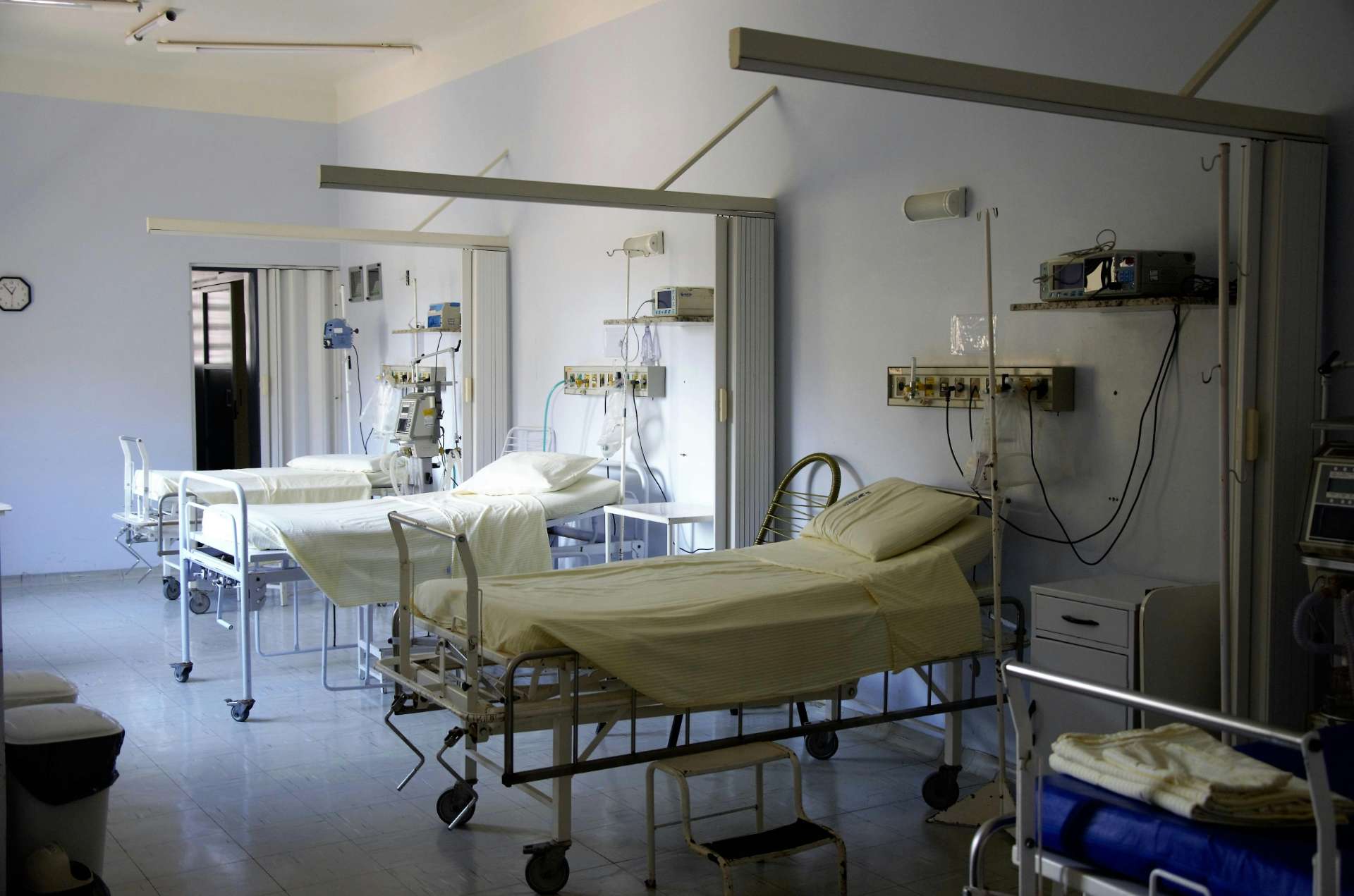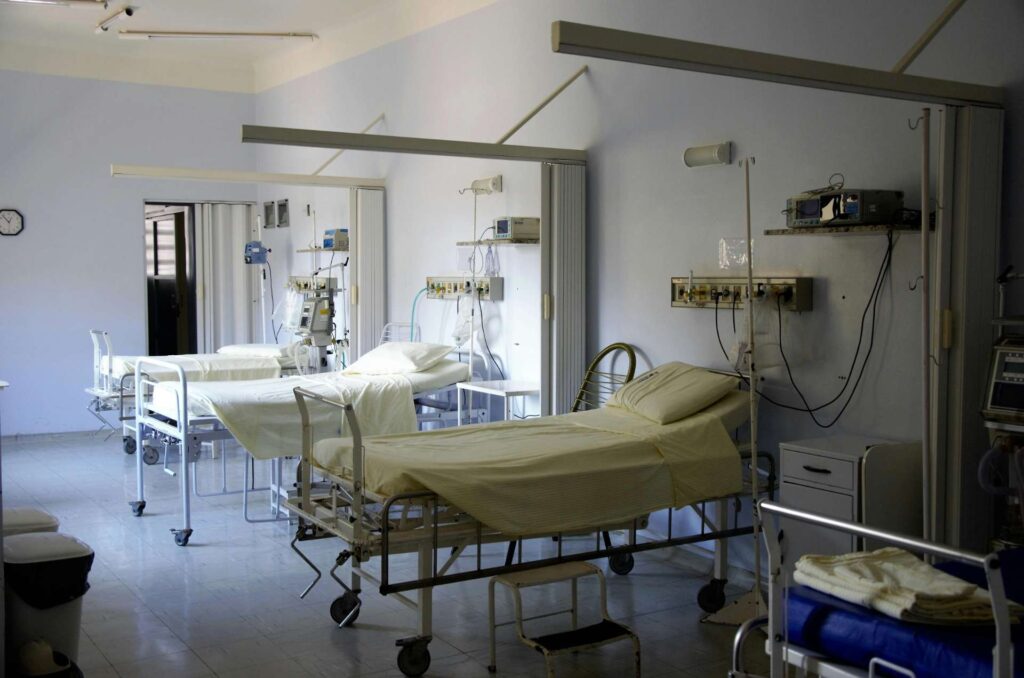
A vulnerable, account of surviving a debilitating first panic attack—from terrifying symptoms to life-changing recovery strategies that actually work.
Prologue: The Moment My Body Betrayed Me
It began with an innocuous trip to the grocery store on a Tuesday afternoon. I was comparing prices on granola when suddenly, without warning, my body launched into full revolt. My heart began slamming against my ribcage with such violence I could see my shirt moving. A wave of electric tingles surged down my arms to my fingertips, which began curling inward uncontrollably. My vision narrowed to a dark tunnel, the fluorescent lights above taking on an eerie, almost supernatural glow.
The most terrifying part? My rational mind completely shut down. Despite being a normally logical person, I became absolutely convinced this was a catastrophic medical event. As I fumbled for my phone with numb hands, I noticed three disturbing symptoms that cemented my certainty of impending death:
- Breathlessness despite gulping air like a drowning person
- Left-sided chest pain radiating to my jaw (textbook heart attack symptoms)
- Profound derealization – the store looked like a poorly rendered video game
When the 911 operator asked my location, I couldn’t recall the name of the grocery store I’d visited weekly for years. This cognitive impairment only deepened my terror—I was losing my mind along with my body.

The Emergency Room Revelation
At the hospital, the medical team moved with alarming efficiency. EKG leads were slapped onto my chest before I could fully explain my symptoms. Blood was drawn from both arms simultaneously. A young resident kept asking if I’d taken any stimulants, while a nurse monitored my oxygen levels that stubbornly read 98% despite my gasping.
After three hours and thousands of dollars in tests, the ER doctor delivered his diagnosis with infuriating calm: “You’ve experienced a panic attack.” I nearly laughed through my tears. How could something that felt so undeniably physical be “just anxiety”? The doctor explained that during extreme panic, the body releases enough adrenaline to:
- Increase heart rate by 150%
- Redirect blood flow from digestive organs to muscles
- Dilate pupils (causing visual distortions)
- Tense every muscle fiber (creating tremors and pain)
He handed me a pamphlet on anxiety disorders and discharged me into the parking lot, where I sat shaking in my car for 45 minutes, terrified the symptoms would return.

The Aftermath: Navigating a New Reality
In the weeks that followed, I became a shadow of myself. The fear of another attack created a vicious cycle:
- Hypervigilance: Constantly monitoring my body for “danger signs”
- Avoidance: Skipping gym, coffee, even driving after dark
- Health anxiety: Making three more unnecessary ER visits
My primary care physician finally intervened with a referral to a psychiatrist who specialized in panic disorders. During our first session, she drew this simple diagram that changed everything:
The Panic Cycle
Trigger → Physical Sensations → Catastrophic Thoughts → More Physical Symptoms → Full Blown Panic
She explained that panic attacks aren’t psychological weakness—they’re the result of an oversensitive amygdala (the brain’s fear center) misinterpreting normal bodily changes as life-threatening emergencies.
Building My Anti-Panic Toolkit
Phase 1: Emergency Interventions (First 6 Weeks)
For when the terror struck:
- Ice pack on the neck: Triggers the mammalian dive reflex to slow heart rate
- 5-4-3-2-1 grounding: Name 5 things you see, 4 things you touch, etc.
- Tense-and-release: Systematically contract then relax muscle groups
Phase 2: Daily Nervous System Training (Months 2-4)
| Practice | Neurological Benefit | My Experience |
|---|---|---|
| Vagus nerve stimulation | Resets fight-or-flight response | Humming showers reduced morning anxiety |
| Interoceptive exposure | Teaches brain bodily changes aren’t dangerous | Tolerating rapid heartbeat during exercise |
| Cognitive restructuring | Identifies catastrophic thought patterns | Learned to challenge “I’m dying” thoughts |
Phase 3: Lifestyle Optimization (Ongoing)
- Caffeine elimination: Went from 300mg to 0mg (brutal but transformative)
- Sleep hygiene: Set circadian rhythm with sunrise alarm clock
- Blood sugar control: Small protein-rich meals every 3 hours
- Nature immersion: Daily 30-minute walks without technology
Breakthrough Moments in My Recovery
The Coffee Shop Test (Month 5)
After months of avoidance, I sat in a crowded café with my therapist nearby. When familiar symptoms arose, I used my tools instead of fleeing. The panic crested then… passed. This proved attacks have a natural arc if not fed by fear.
The Flight That Didn’t Crash (Month 8)
I boarded a plane using coping skills instead of benzodiazepines. During turbulence, I noticed my racing heart but thought: “This is uncomfortable, not dangerous.” The panic never came.
The Anniversary (1 Year Later)
Returning to that grocery store aisle, I felt not fear but profound gratitude. The attack that shattered me became the catalyst for:
- Deeper self-awareness
- Healthier lifestyle habits
- Authentic connections through vulnerability

Expert Insights That Changed Everything
My therapist shared two paradigm-shifting concepts:
- The False Alarm Theory
Panic is like a car alarm blaring when there’s no thief—annoying but harmless. The more you “check” it, the longer it lasts. - The 3-Minute Rule
Peak panic symptoms naturally subside within 180 seconds if you don’t fight them. Timing attacks proved this true.
For Anyone in the Trenches Now
- Remember: Millions have walked this path before you—it gets better
- Start Small: Master one coping skill before adding others
- Track Progress: Journal physical and emotional changes
- Seek Support: Consider therapy or a panic support group
What began as the worst day of my life became the unexpected gift of learning to live with—not in fear of—my own humanity. The cereal aisle that once symbolized terror now reminds me: our darkest moments often plant the seeds of our greatest growth.
Leave a Reply